 Direct mail marketing is one of the most tried and true tactics real estate agents use to generate leads and find buyers. While it’s certainly not the only industry to rely on direct mail, real estate is one of the few that only need a small percentage of targets to respond to make the campaign well worth the investment. And with a response rate of 5.1%, direct mail brings in business more than social media, online display ads, email, and paid search combined.
Direct mail marketing is one of the most tried and true tactics real estate agents use to generate leads and find buyers. While it’s certainly not the only industry to rely on direct mail, real estate is one of the few that only need a small percentage of targets to respond to make the campaign well worth the investment. And with a response rate of 5.1%, direct mail brings in business more than social media, online display ads, email, and paid search combined.
Consider these direct mail tactics for real estate agents when planning your next campaign.
Become a trusted local resource
Locality and knowledge of local markets are critical for clients. Buyers and sellers appreciate someone who understands what it means when they mention a particular school or part of town that’s important to them. Direct mail ensures that you can connect with prospects within the market you serve, down to the neighborhood.
Someone considering putting their home on the market has most likely noticed homes that have recently sold in their area. Sending a mailer with photos and sales stats to show that you’ve helped their neighbors sell above market value can give you the advantage. The same goes for buyers that want to know that you can help them get a great deal. Don’t be afraid to brag about your happy customers!
Build Relationships
Long-term relationships are incredibly valuable when you consider that the average American moves 11 times in their lifetime. Be the go-to provider when your clients are planning a move. But that could be years down the road. How can you stay top-of-mind for that long? Direct mail is the perfect medium for building these relationships. Keep in touch with holiday mailers, year-end updates, invitations to local open houses, newsletters about the area, and more.
Consider making it memorable. Another great way to ensure that you stay top-of-mind is by simply being helpful. Think calendar magnets, school schedules, maps of local breweries or restaurants, or other area information that serves a purpose. Having your name on their refrigerator or kitchen counter can result in a phone call when they’re ready to make a move.
Repetition is critical in marketing. Make connections with prospects before their actual move takes place. Someone planning a move before the next school year starts may start searching for a real estate agent or home in January or February. Finding a way to stay top-of-mind with prospective clients is critical to capitalize on the spike in moves during the Christmas and summer months.
 Personalize and track
Personalize and track
If you can focus your message on your prospect’s needs or your particular skill set, your direct mailer will do a better job of grabbing the client’s attention and prompting them to call you. And you don’t have to only focus on the positive–pay attention to plans for development, highway expansions, school performance, and reach out to buyers in that zone with information on homes available in areas less impacted.
Invest in a way to track ROI and new leads to follow up or see what’s not working. Include a dedicated URL or landing page specific to each mailer, and then track visits Google Analytics. You can also track with a PURL, or personalized URL, using the prospect’s name to see exactly who visits your landing page and when. Leverage your printer to help set this up and handle the tracking and reporting.
Real estate is a numbers game, and when it comes to direct mail, the numbers don’t lie:
- Direct mail marketing outperforms digital marketing response rates by more than 700%
- 67% of US adults feel that direct mail is more personal than email
- Oversized envelopes have a better response rate than regular-sized mail (although they cost more, so make sure the better response makes up for the added cost)
Of course, direct mail works best when used as part of a cohesive marketing plan. The direct mail marketing you use should fit with the rest of your marketing and messaging and properly represent your brand. While very low-cost postcards and fliers may sound appealing, clients can tell the difference between professionally prepared and DIY. That’s where we come in.
Like what you’re reading? Have you signed up for our enews yet or are you following our blog’s rss feed?
Have a client that reached out after you followed one of these methods? Share your direct mail success stories here!

